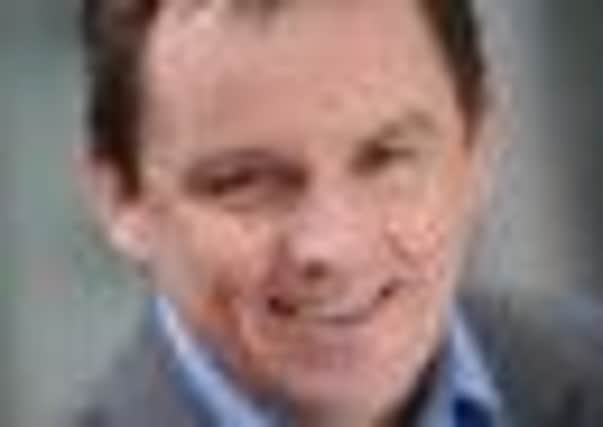Nucleus powers to record half year in wake of new fee regime


Operating profit of £500,000 for the six months to the end of June compared with break-even in the same period last year. Turnover is up 39 per cent to £8.8 million.
Assets under administration rose 38 per cent to £5.3 billion while second-quarter inflows were up 25 per cent, and in June alone by 40 per cent.
Advertisement
Hide AdAdvertisement
Hide AdThe positive half-year figures follow what chief executive David Ferguson described as a “pivotal” 2012. Last year saw turnover up 41 per cent and year-end assets grow 39 per cent to £4.5bn, enabling the business to post a small profit after tax of £100,000 (2011: loss of £1m).
The company also saw its first year of delivering positive cash flow from its operating activities and remains debt-free.
The growth this year has been partly attributed to changes at the turn of the year in the way advisers charge clients. The retail distribution review (RDR) abolished commissions paid by product sellers to advisers who now negotiate a fee with their clients.
Ferguson said: “While 2012 was another hugely important year for Nucleus – with the business posting its first ever full year profit – it now seems certain that 2013 will see further profit growth and will be a defining year for the platform.
“Our growth in users, inflows and assets under administration increasingly confirms that post-RDR advisers are turning to competitive, modern, open platforms to power their business. We are now perfectly positioned to further accelerate our growth.”
Nucleus was founded in 2006 by Ferguson and a number of advisers who shared a commitment to create a market where they had the infrastructure to place the client centre stage. They can use the platform to access all of a client’s assets and use it for forward planning and forecasting.
The company employs 92 staff in central Edinburgh and has 170 member firms.